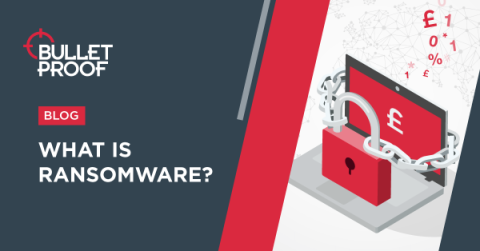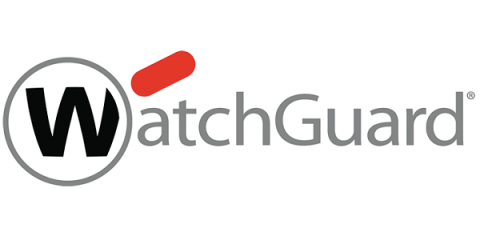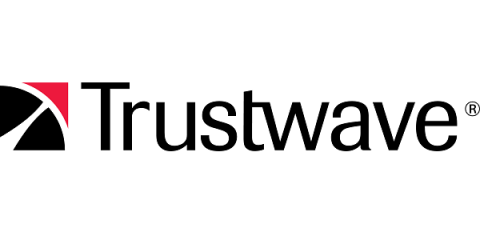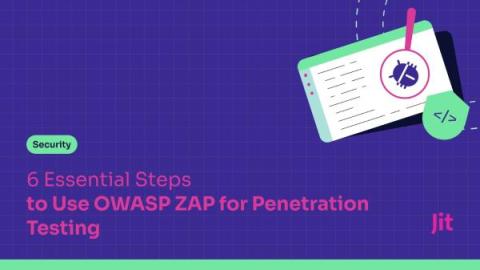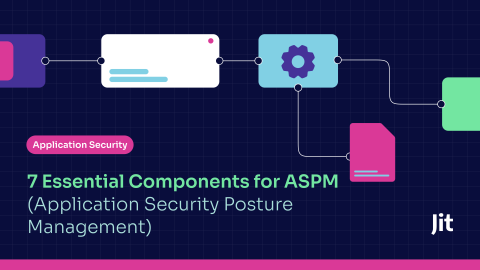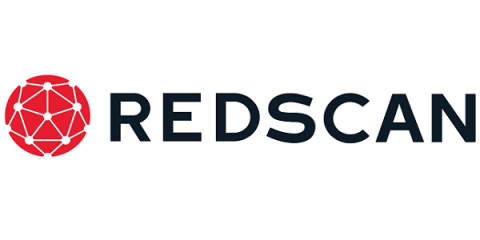Evaluating Your Security Posture: Security Assessment Basics
This is Part 4 in my ongoing project to cover 30 cybersecurity topics in 30 weekly blog posts. The full series can be found here. Performing Security Assessments is one component of security operations that every organization does, or at least should do. However, deciding what type of assessment to conduct can be challenging. After all, there’s a long list of assessments that can be useful in providing insights into your security architecture and operational performance.



